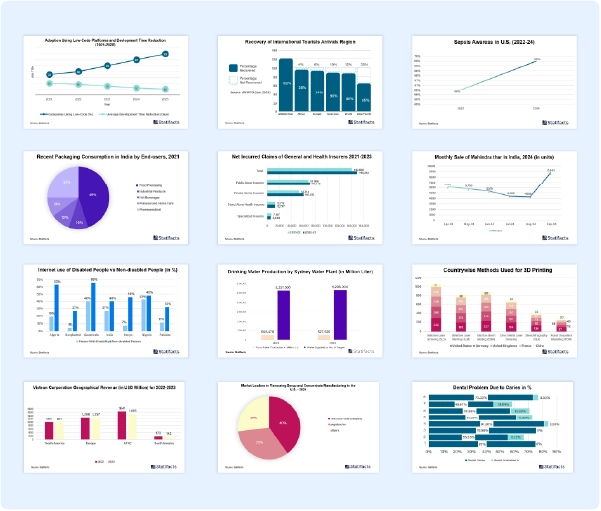The U.S. white biotechnology market size accounted for USD 65,520 million in 2024 and is expected to exceed around USD 1,05,710 million by 2034, growing at a CAGR of 4.9% from 2025 to 2034.
U.S. White Biotechnology Market Report Highlights
- By application, the bioenergy segment held a dominant position in the market in 2024.
- By application, the pharmaceutical segment held a big chunk of the market in 2024.
- By type, the biochemical segment played a dominant role in the market in 2024.
- By type, the biomaterials segment is projected to grow during the expected time.
White biotechnology, commonly referred to as industrial biotechnology, is the industrial production and processing of chemicals, materials and energy using microorganisms like yeast, moulds, bacteria and plants to produce commodities for the market such as detergents, pharmaceuticals, and pulp and paper. Due to white biotechnology, cutting off polluting technologies and adopting renewable substitutes have become easier. The harmful effects on the environment have thus lessened over a while. Not only has the reliance on fossil fuels reduced due to this technology, but also reusable waste helps in keeping the environment safer.
Customers are willingly switching toward sustainable alternatives concerning goods and services. This change has led them to become picky while purchasing certain products. They look for commodities that may border the influence on the environment. The industries are thus paving the way for white biotechnology to flourish by embracing the objective of creating ecologically benign products. Consumers request more guidance on what kind of processes and methodologies are used by the manufacturers, hence compelling them to meet their need for renewables. By doing this the manufacturers are establishing their brand name and competitive edge in the market. As consumers’ drive for lessening the environmental impact increases, the businesses’ focus on developing innovative yet eco-friendly products rises too.
Governments are taking several initiatives on a global level to ensure that the white biotechnology market is growing. Businesses and industries are getting back up due to the regulatory landscape formed by the government. The formulation of policies and encouragement of compensations like tax credits, grants, and subsidies by the government push industries to utilize renewable resources. The innovations in white biotechnology are budding hastily as the government continues to cooperate with the development of substantial products by the manufacturers. The market is thrusting as a consequence of this.
For white biotechnology to flourish, the microorganisms used in producing lasting materials need to be harmless. Bacterial infections can be treated using AI technologies. Research and development of pharmaceuticals as well as vaccination also utilizes AI to take much less time than the traditional approach. Assisted by artificial intelligence (AI) techniques such as deep learning, and optimization algorithms, the production of bio-derived commodities like medicines is streamlined.
The white biotechnology market has massively productive advantages like time-efficient production methods, consumption of raw materials, lessened waste generation, and reduced manufacturing costs. This is anticipated to impact the market optimistically. A lot of enzymes and other materials are acquired through white biotechnology. They are used to formulate food and feed additives. Thus, the demand for white biotechnology in the field of food supplements is likely to boom.
The augmenting usage of biomass, which is used as a proficient alternative to oil, is expected to push the market further as it supports the wellness of the environment and curtails the necessity for oil imports. The amount of diseases is unending and so is the need for healthy and bio-based medication. The white biotechnology industry is projected to grow as the demand for bio-based pharmaceuticals rises.
Published by
Laxmi Narayan

